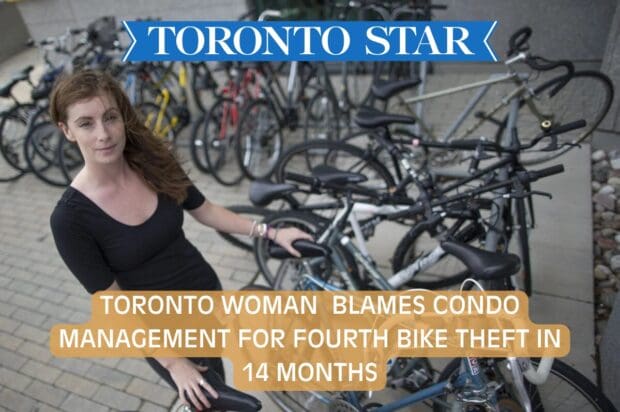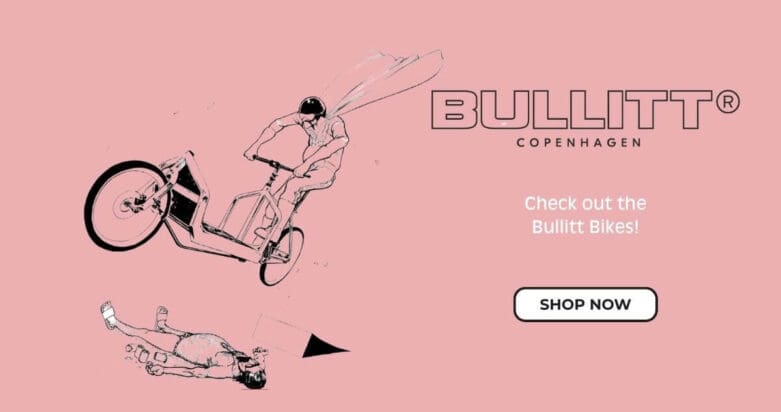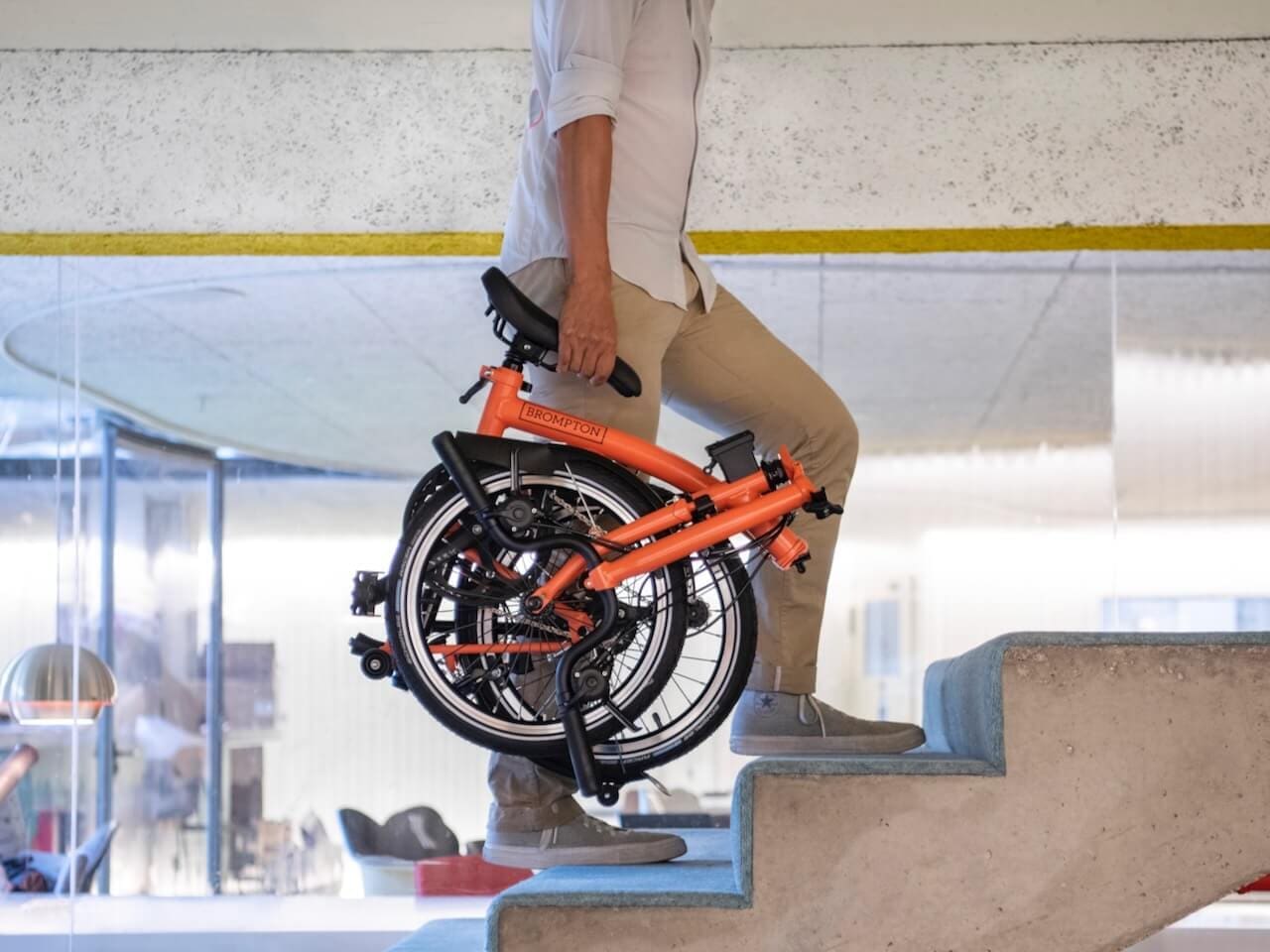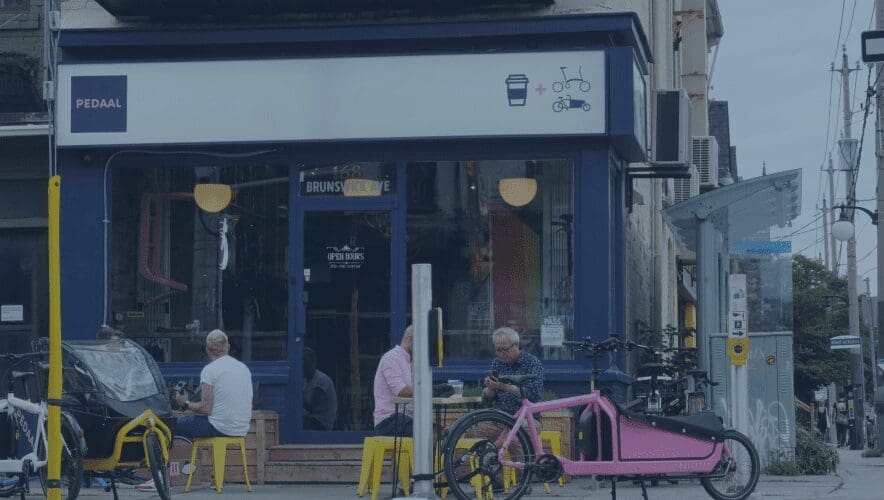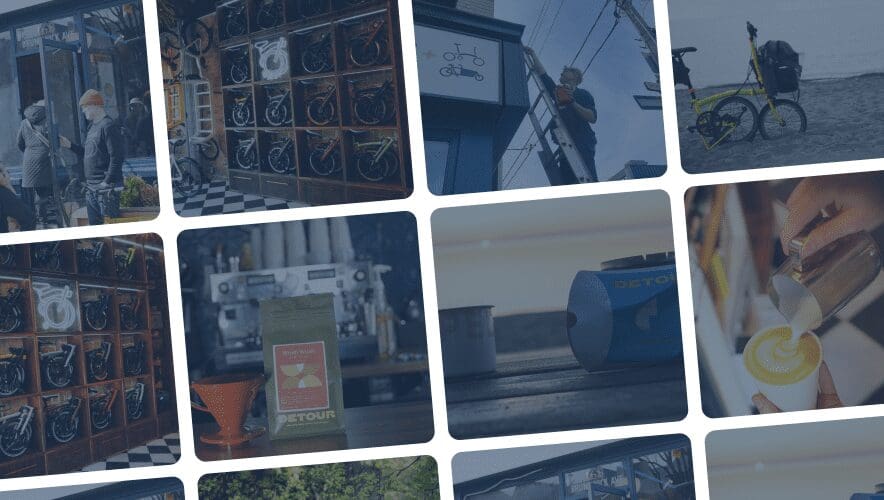It has long been a rule in the bike industry that when buying a bicycle lock, it should cost 10% of your bicycles net-worth. This recommendation is made by the Kryptonite Lock company. And, it couldn’t be more wrong-headed. As we’ll see, most bike theft isn’t tied to a value economy. In most cases, the value of your bike means very little to the thief stealing it. The real value is the strength of your bicycle lock. But, these days access to cheap but highly effective grinders challenges even the best locks. So, what’s the solution? Let’s explore!
The Inside Word
In North America we seem to unconsciously view a bike as something that takes us outdoors and thus belongs outdoors. This is true if you’re a recreational cyclist out to get some exercise, but false if you’re a city cyclist. In the city a bicycle takes you outdoors so that you can be indoors again. This is why we sell Brompton folding bikes. A Brompton challenges city bicycle design by proving that the best city bike is one that can seamlessly travel between indoors and outdoors. This could be next to your desk at work. Or, it could also mean the inside of a train, plane, or automobile – because a Brompton can follow you on every type of journey. The best thing about folding bikes is that because they come inside, they never need to be locked.
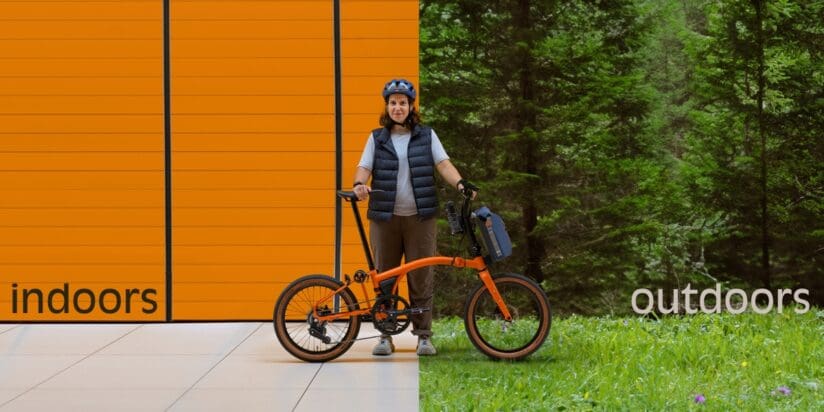
But, some bikes need to be locked – and we carry those too. A cargo bike, for instance, is generally not possible to take into work, the grocery store, or a plane, train or automobile. Like a car, a cargo bike tends to be locked outside out of sheer necessity. Necessity, we would like to argue, is the only reason you should ever store any of your possessions outside. Think about it: nearly everything of value that a person owns is stored indoors. Yet somehow, bikes – sometimes worth thousands of dollars – are routinely locked outside and overnight. So, if you’re going to lock your bike outside, it needs to be theft-proof. This is possible – for real! – but it ain’t cheap.
“Know Thine Enemy”
One thing we’ve witnessed selling bikes in Toronto for three decades is that people believe that the lower a bikes value, the less chance it will be stolen. On first glance, this makes sense – but it’s also quite wrong-headed. Those who follow this logic usually buy a cheaper bike lock because they think a lower value bike requires a lower value lock. Even Kryptonite, the largest lock company in North America, reinforces this by suggesting that you spend 10% of your bikes value on a lock. Of course all of this might make sense until your bike gets stolen.
The problem is that after a bike is stolen many buy an even cheaper bike to solve the bike theft. There is an unnecessary fatalism here. To see things correctly we might start with the very first maxim in the Art of War: know thine enemy. And, your enemy here – the bicycle thief – is hardly a McGyver or a genius. It is common knowledge in the Netherlands that street related theft is correlated to street level drug. Here in North America we might not have the same research, but we certainly have the anecdotal evidence. As we’ll show, the sad truth is that your local bike thief is most likely an addict in search of their next hit. And, there’s nothing they seek more than a cheap and easy lock to bust open.
2,865 Stolen Bikes Later: What Toronto Learned from Kenk
If you’re looking for the world’s most prolific bicycle thief, you’ll find the story right here in Toronto. In 2008, Igor Kenk – who operated a bicycle chop-shop next to Trinity-Bellwoods Park – was caught with 2,865 stolen bikes and an estimated $70K in street drugs. If you are guessing that there’s a correlation between on-street bike theft and street drugs, you’re absolutely right.
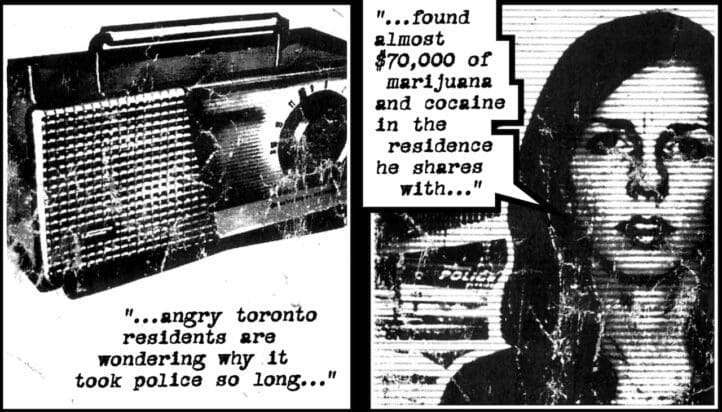
In the graphic novel KENK, Richard Poplak witnesses Kenk for several years buying and selling bikes. As he observes, Kenk wasn’t exchanging cash money for these stolen bikes, he was exchanging drugs. By leveraging an economy of desperation, Kenk was able to buy these bikes for next-to-nothing. That meant that even the junkiest of bikes could still fetch margins upwards of 90%. In short, even the junkiest bikes still had value – which helps explain the sheer number of bikes Kenk was caught with. Bike theft economics here are simple: if the reward is low, then so is the risk – and a cheap, easy-to-break lock is the enabler for this economy of addiction.
Security Shouldn’t Scale with Price
In 2015, researchers from McGill University’s School of Urban Planning published a paper called “Breaking into Bicycle Theft: Insights from Montreal, Canada.“ One of their key findings was that lower-value bicycles were more frequently stolen than higher value bikes. Specifically, 76% of stolen bikes were valued under $500. When it comes to bike theft, less expensive bikes that are disproportionately favoured by thieves.
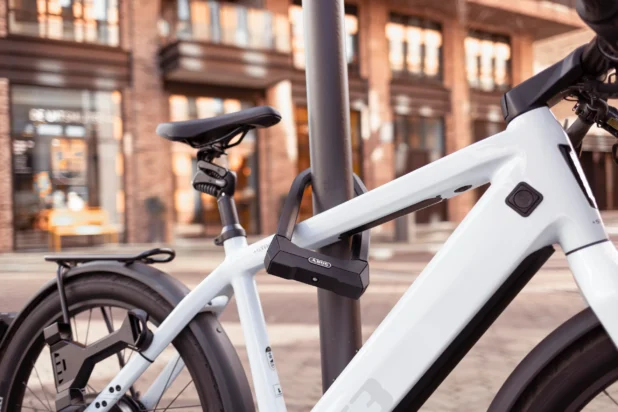
The study suggests that the reason for this is that lower security locks are purchased with lower value bikes while higher security locks are purchased with higher value bikes. This is why the Kryptonite suggestion that 10% of the bikes worth be spent on a lock is manifestly wrong. No matter what the bikes value, a top notch lock is the only thing that will resist bike theft.
The Rise of the Cordless Grinder
Until quite recently thieves would use bolt cutters on a cable lock, a crowbar on a cheap U-Lock (cheap U-Locks have a low yield strength and are easy to pry), and costly angle-grinders on more expensive chains and U-Locks. Crowbars and cable-cutters are cheap tools for a thief to buy while angle-grinders have traditionally been quite expensive. This, plus the fact that grinders typically required an electrical outlet, is why it was unusual to see locks being cut. But, things have changed.

Today, a thief can buy a cordless grinder for the same price as a bolt-cutter. There are locks that can combat this, but the problem is that they are quite expensive. Grinder-proof locks – these are locks that actually destroy the grinder blade – are available, but they also start around $400. We’d recommend a grinder-proof lock for every bike – especially if you’re locking outside overnight. Of course, asking someone to pay $400 for a lock for $800 bike seems crazy – even a $2000 bike – and we agree. A lock shouldn’t cost 50% of a bikes value. That’s why putting that sort of money towards a folding bike makes a lot more sense. (Especially since folding bikes are awesome).
Brompton vs. the Bike Room
When we say a Brompton folding bike comes inside with you, we don’t mean a parking garage or storage locker in a condo or at work. If Toronto has witnessed a spike in more sophisticated cutting tools, it has also seen a spike in off-street theft. According to a recent report, in 2020, 30% of all Toronto bicycle thefts occurred inside condo garages. This tripled in number from 2014. All of this matters because 50% of Toronto’s population resides in multi-floor apartment buildings and another 5% live in apartment or flats in duplexes (Statistics Canada, 2016).
The problem is that most condo developers grandfather in antiquated rules that prevent bikes from coming inside. And, the rules a developer makes for a condo can only be changed by the incoming condo board. This is made complicated by the fact that such amendments require 95% approval from the condo board. Here again, a folding bike can solve this. Once folded, it slips past the concierge, and tucks into your closet. We’ve brought our Bromptons into condo towers, fancy restaurants, grocery stores, and have never once had an issue. That’s the beauty of a folding bike, it’s frictionless inside, outside and in-between.
When a $400 Lock Makes Perfect Sense
Of course some bikes cannot be brought inside, and here is where it makes sense to spend big money on a theft-proof lock. Take for instance a Bullitt bike. At just 55lb and 46cm wide, it might be the only bike that could be stored inside. But for many, that’s still a stretch. But, whereas it feels crazy to spend $400 on a lock for an $800 bike, a cargo bike generally ranges between $5000 and $15,000, and buying costlier theft-prevention seems not only necessary, but a fraction of the bikes overall price. We always recommend either a grinder-proof lock accompanied by a GPS alarm system.
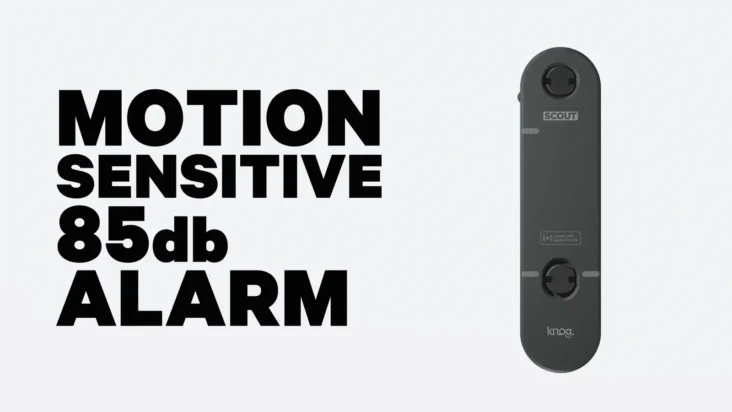
In fact, it is only here that Kryptonite’s 10% rule might be correct for bike theft. If every bike in the city requires a $400 lock for absolute security then the only bikes that require such a level of security are the bikes that are necessary to park outside. And, the only bikes necessary to park outside are bigger, more expensive investments like cargo bikes.
The Myth of the 10% Rule: Rethinking Bike Lock Security
The idea that a bike lock should cost 10% of your bike’s value is not only outdated – it’s kind of misleading. As we’ve seen, theft doesn’t follow a logic of value, it follows a logic of vulnerability. A $200 bike locked with a $20 cable lock is just as enticing to a thief as a $2000 bike with a low security U-lock. What matters isn’t what your bike is worth to you – it’s what it’s worth to someone desperate, and how easy it is to take.
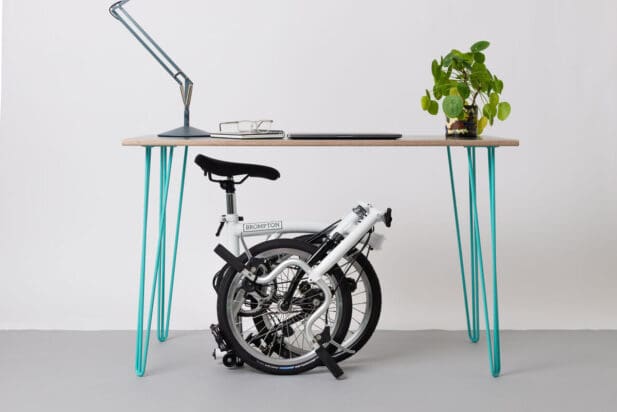
The smarter solution is always to make bike theft more difficult or impossible. That means either investing in the kind of lock that can resist modern tools. Or, riding a bicycle that doesn’t need to be locked at all. A folding bike like a Brompton is an answer to the core problem of theft. It travels with you, lives indoors with you, and removes the issue of locking altogether. But, if it’s necessary to lock your bike outside – only because it’s too big to take inside – then make sure you’ve invested in top notch security.
Why We Only Carry Folding and Cargo Bikes
People often ask us if we carry anything other than folding bikes or cargo bikes. Indeed, it may seem funny that we carry the world’s smallest bicycles and the world’s biggest bicycles. But, the reason for this really is tied to security. A true city bike, in our opinion, needs to be designed for the outdoors and indoors. A city bike, unlike a recreational bike, isn’t strictly designed to take you to the great outdoors. Being able to take the bike indoors – whether the office, a cafe, or home – is part of the measure of what makes a city bike a city bike. This also resolves the problem of theft. And, these days – with the high price of theft-proof security – it is probably better to put the cost of a lock towards the cost of a better-designed city bike.
But, some bikes cannot be taken indoors – and the best example of this is a cargo bike. But, a cargo bike is a necessary piece of urban transportation. It’s a bike that can negotiate the so-called “last mile” far better than a car. And, it becomes your minivan for Home Depot trips and carrying kids. If a cargo bike is necessary to leave outdoors then it’s also necessary to use the highest security lock. In fact, the price of the bike necessitates the highest security. But, it’s much harder to justify this price/security ratio on a sub-$1000 hybrid bike.


